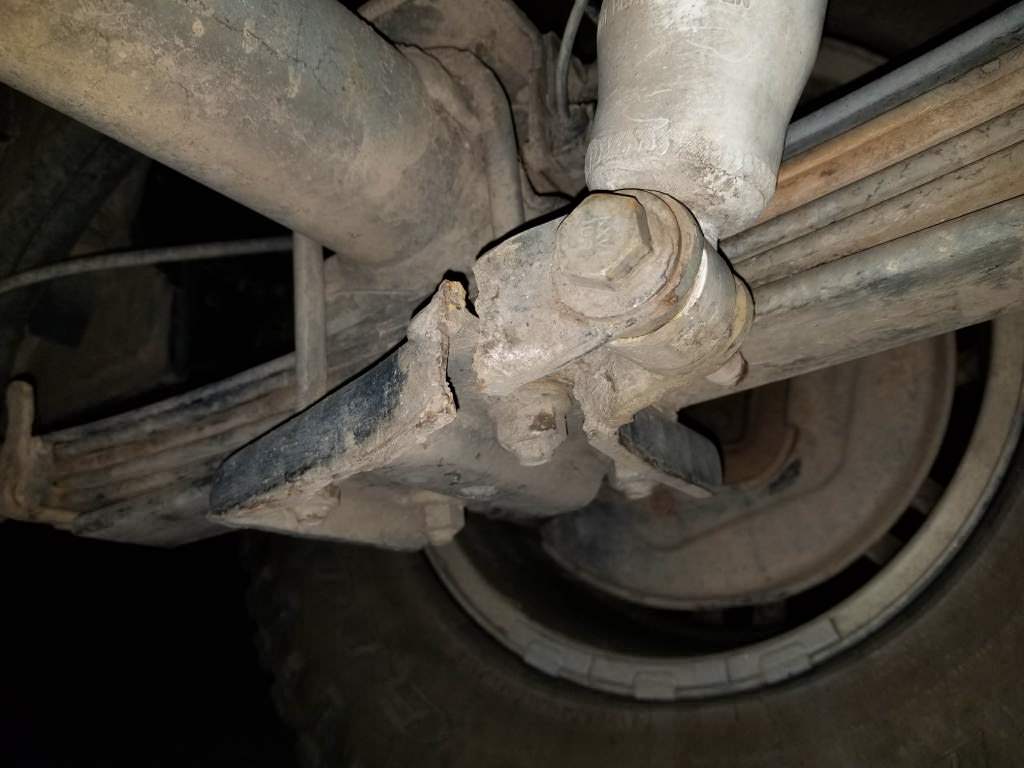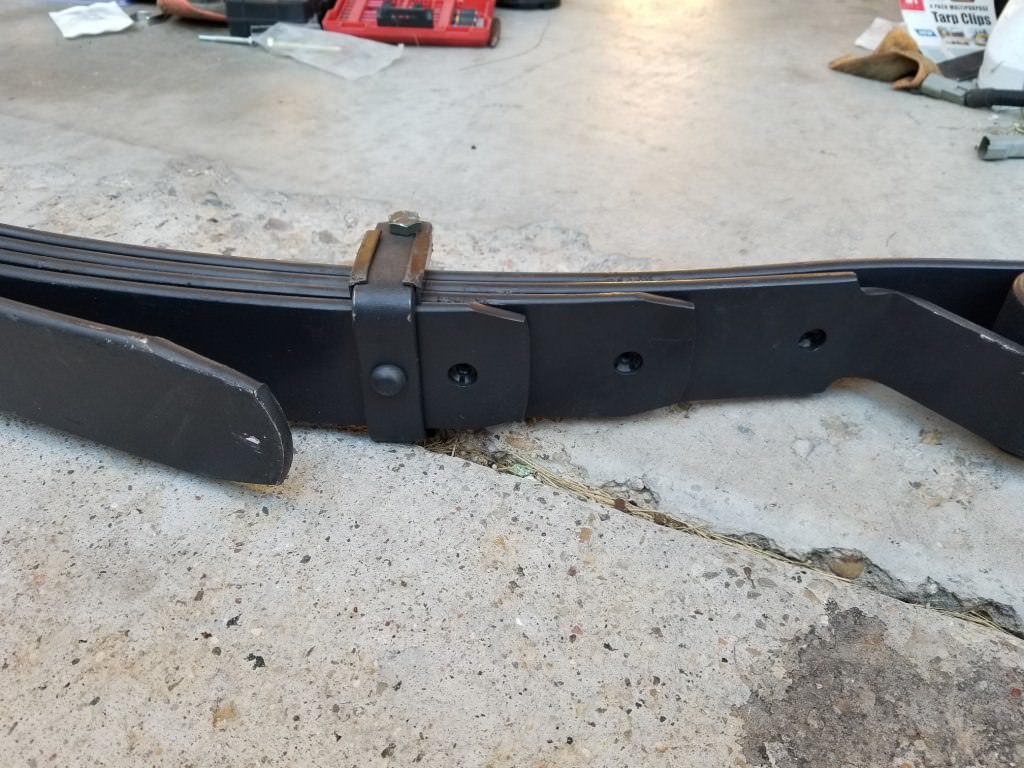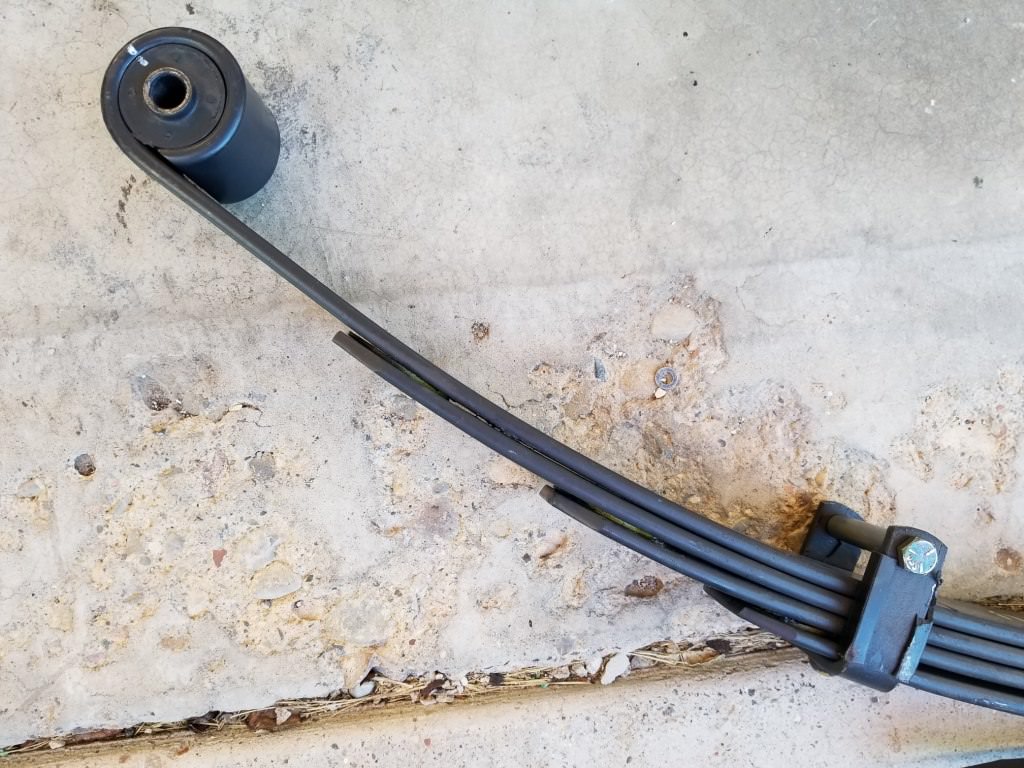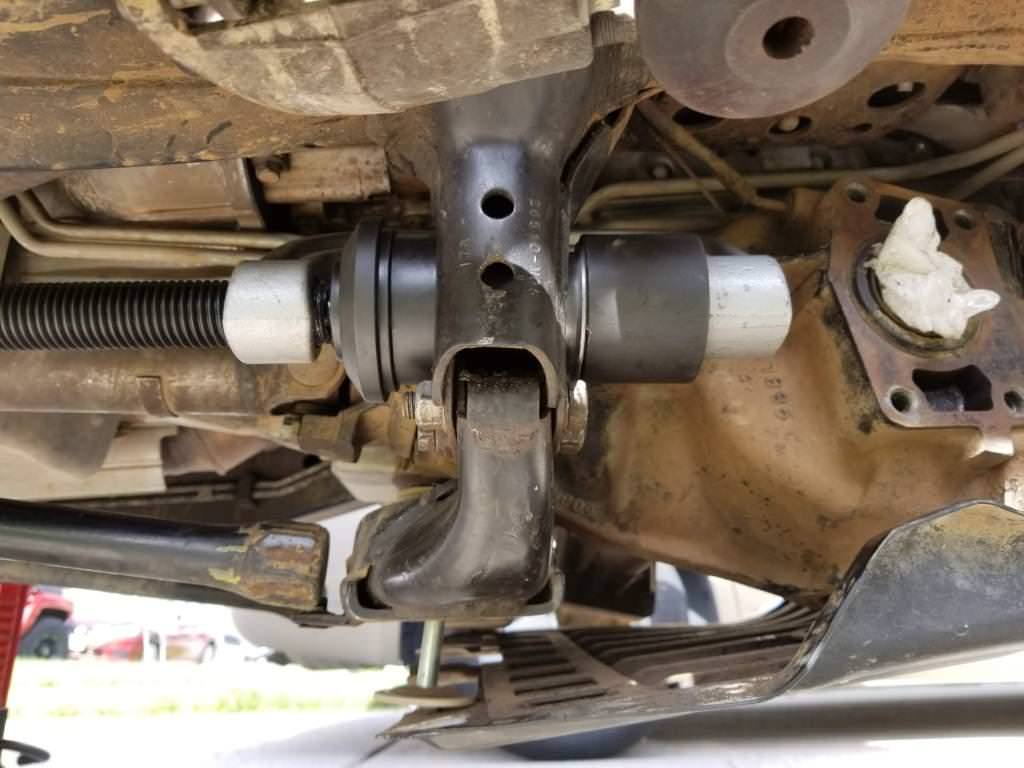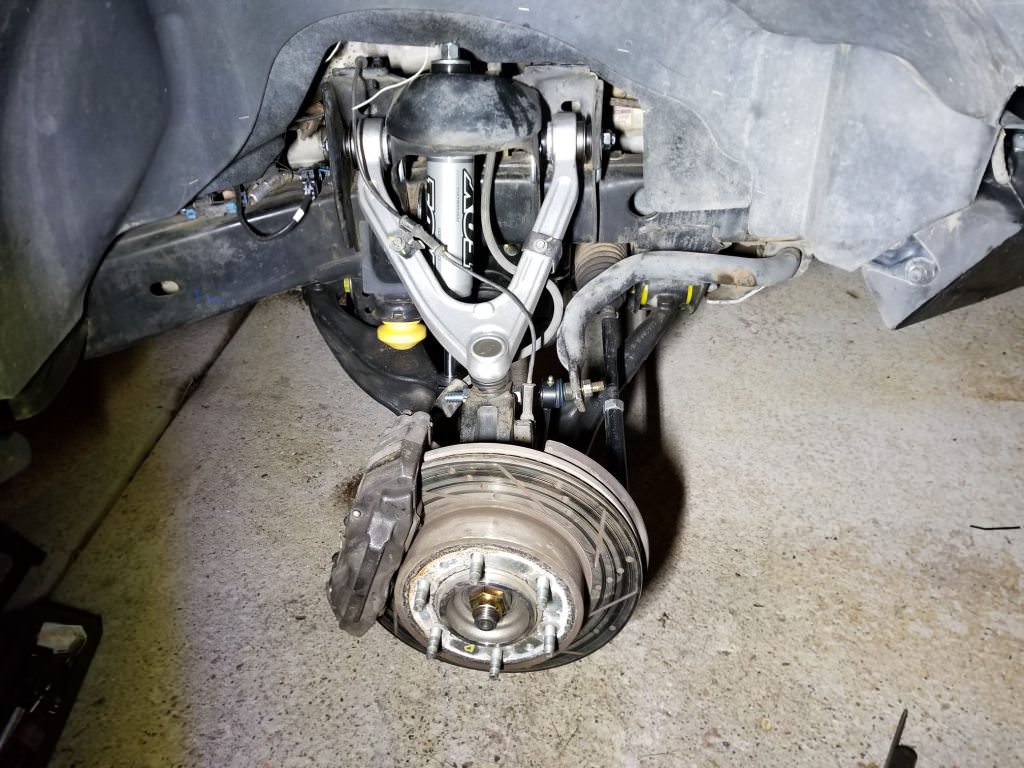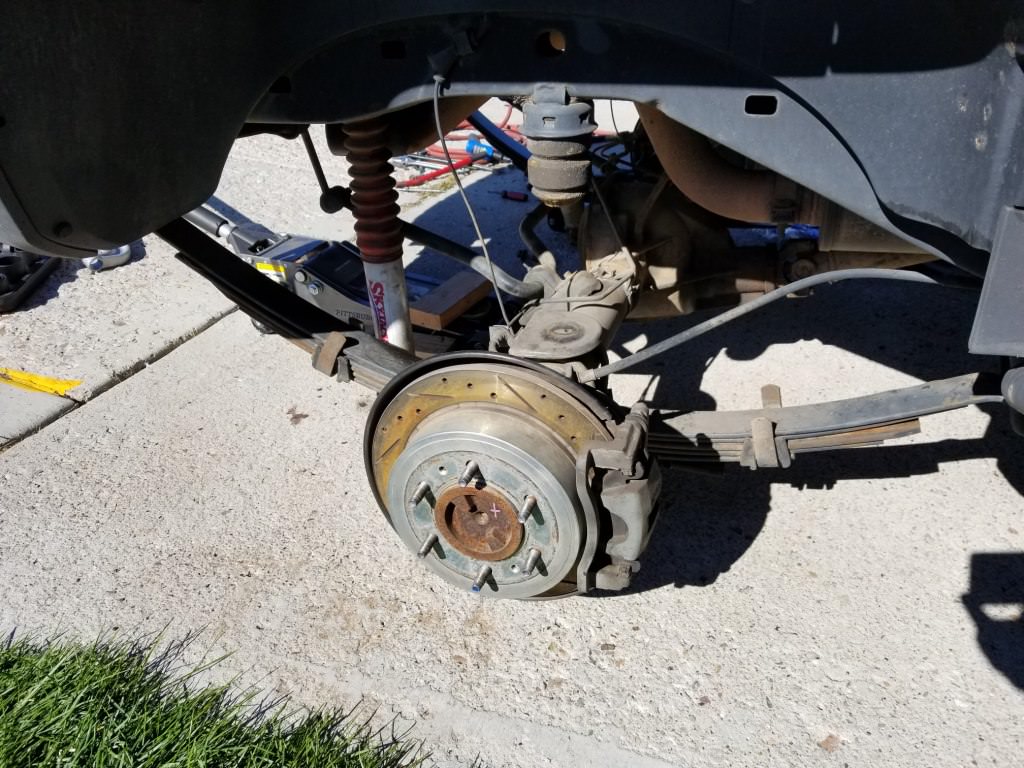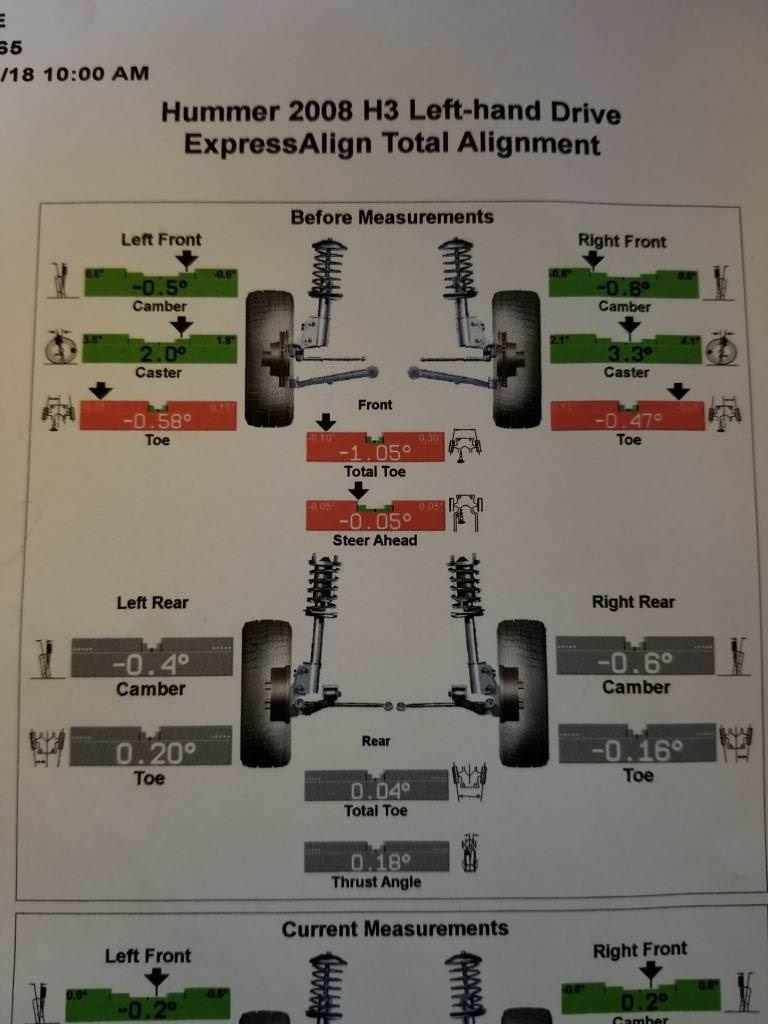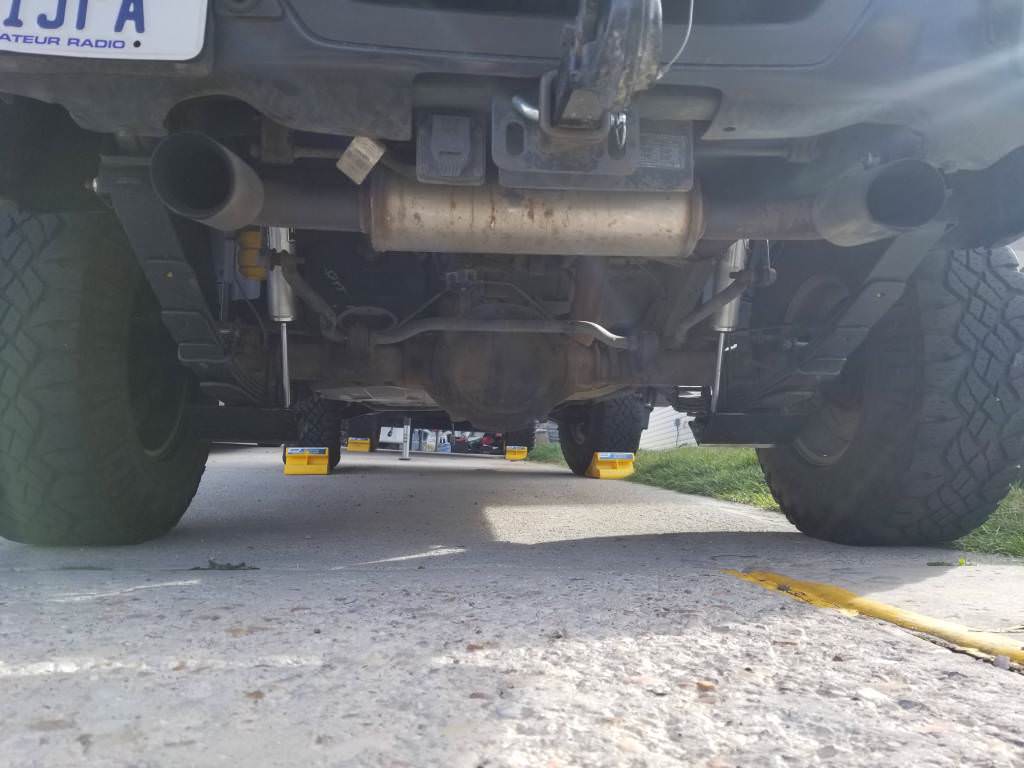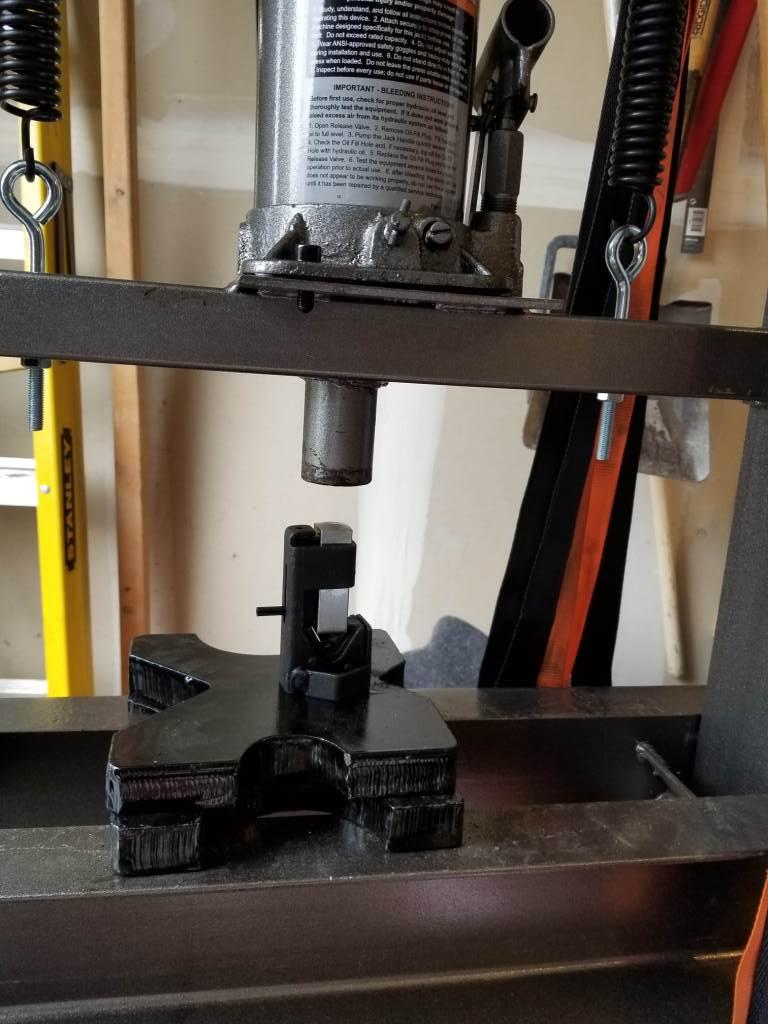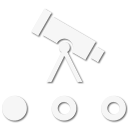
Pioneer I
So I really haven't been able to work on the H3 much this summer thanks to work being a nightmare. We've now gone through two guys that were supposed to replace my old coworker, but both of them were fired after three months each. The last one was more than a waste of time, he was downright almost destructive. I'm a Linux sysadmin so for those that don't know what that is I manage a bunch of web servers that various websites are hosted from, most of which are commercial sites so downtime is extremely bad. It's hard enough trying to manage a data center by yourself (we have about 250 servers or so and right now I'm the only sysadmin), but throw into that someone who not only doesn't know what they are doing but is also convinced they do and they even think they know how to do the job better than you, even though it's painfully obvious they don't, and you have a recipe for disaster. Thankfully we've learned our lesson and are being a lot more stringent on who we hire, but it's made this year an absolute nightmare for me.
Anyway, now that you have an idea of why I haven't kept this more up to date as well as why I haven't been able to get much done on the Alpha, let's move on to what is currently under way.
A couple weeks ago I got the bug to start working on the Alpha again, hopefully to finally start getting around to doing the rear electrical especially now that it's finally started cooling off outside. Something that got me thinking was a conversation I had with the guy at Master Muffler when I was picking the Alpha up after getting the O2 sensor fixed. He suggested redoing the whole exhaust to improve the flow and such. I know the passenger side has a couple crimps in the pipe to provide (unneeded) clearance, and the muffler's aren't the best (but they are already Magnaflow from the factory so they aren't terrible by any means either), but I didn't want to go with aluminized steel since it wouldn't take long for the system to rust out, especially with how much salt is used here (having a salt lake and all it's pretty cheap). Aside from the crimps in the passenger side tubes, the system overall is pretty free flowing, and really I think it's just the rear muffler that causes the most back pressure due to the number of bends the exhaust gasses have to make. So I went underneath the truck to look at how the muffler is hooked up, and it's actually nicely setup so that I can just unhook the rear muffler and remove it and then run a tail pipe straight back to the bumper.
This will do several things for me. One, it will open up the system a bit. Two, it will give me better clearance at the back when coming down from obstacles, I've already squeezed one of the tips a bit during my trip to Moab this past spring. Three, it will give me a good amount of room under the back where the muffler sits to mount equipment like my ARB twin air compressor and maybe a second battery, or even a rear winch. Four, it will drastically reduce how much heat is transferred into the floor of the back. Right now during trips the floor of the rear cargo area can get pretty warm, especially with stuff stacked on it. Since I keep my fridge back there it can cause it to have to run more frequently and longer to keep everything cold. Another benefit will possibly be a nicer sound. There will still be the first muffler that is mounted before the rear axle, so the noise shouldn't be much of an issue. I can always try it out first and see how the sound is before I fully commit to it.
Anyway, now that you have an idea of why I haven't kept this more up to date as well as why I haven't been able to get much done on the Alpha, let's move on to what is currently under way.
A couple weeks ago I got the bug to start working on the Alpha again, hopefully to finally start getting around to doing the rear electrical especially now that it's finally started cooling off outside. Something that got me thinking was a conversation I had with the guy at Master Muffler when I was picking the Alpha up after getting the O2 sensor fixed. He suggested redoing the whole exhaust to improve the flow and such. I know the passenger side has a couple crimps in the pipe to provide (unneeded) clearance, and the muffler's aren't the best (but they are already Magnaflow from the factory so they aren't terrible by any means either), but I didn't want to go with aluminized steel since it wouldn't take long for the system to rust out, especially with how much salt is used here (having a salt lake and all it's pretty cheap). Aside from the crimps in the passenger side tubes, the system overall is pretty free flowing, and really I think it's just the rear muffler that causes the most back pressure due to the number of bends the exhaust gasses have to make. So I went underneath the truck to look at how the muffler is hooked up, and it's actually nicely setup so that I can just unhook the rear muffler and remove it and then run a tail pipe straight back to the bumper.
This will do several things for me. One, it will open up the system a bit. Two, it will give me better clearance at the back when coming down from obstacles, I've already squeezed one of the tips a bit during my trip to Moab this past spring. Three, it will give me a good amount of room under the back where the muffler sits to mount equipment like my ARB twin air compressor and maybe a second battery, or even a rear winch. Four, it will drastically reduce how much heat is transferred into the floor of the back. Right now during trips the floor of the rear cargo area can get pretty warm, especially with stuff stacked on it. Since I keep my fridge back there it can cause it to have to run more frequently and longer to keep everything cold. Another benefit will possibly be a nicer sound. There will still be the first muffler that is mounted before the rear axle, so the noise shouldn't be much of an issue. I can always try it out first and see how the sound is before I fully commit to it.


